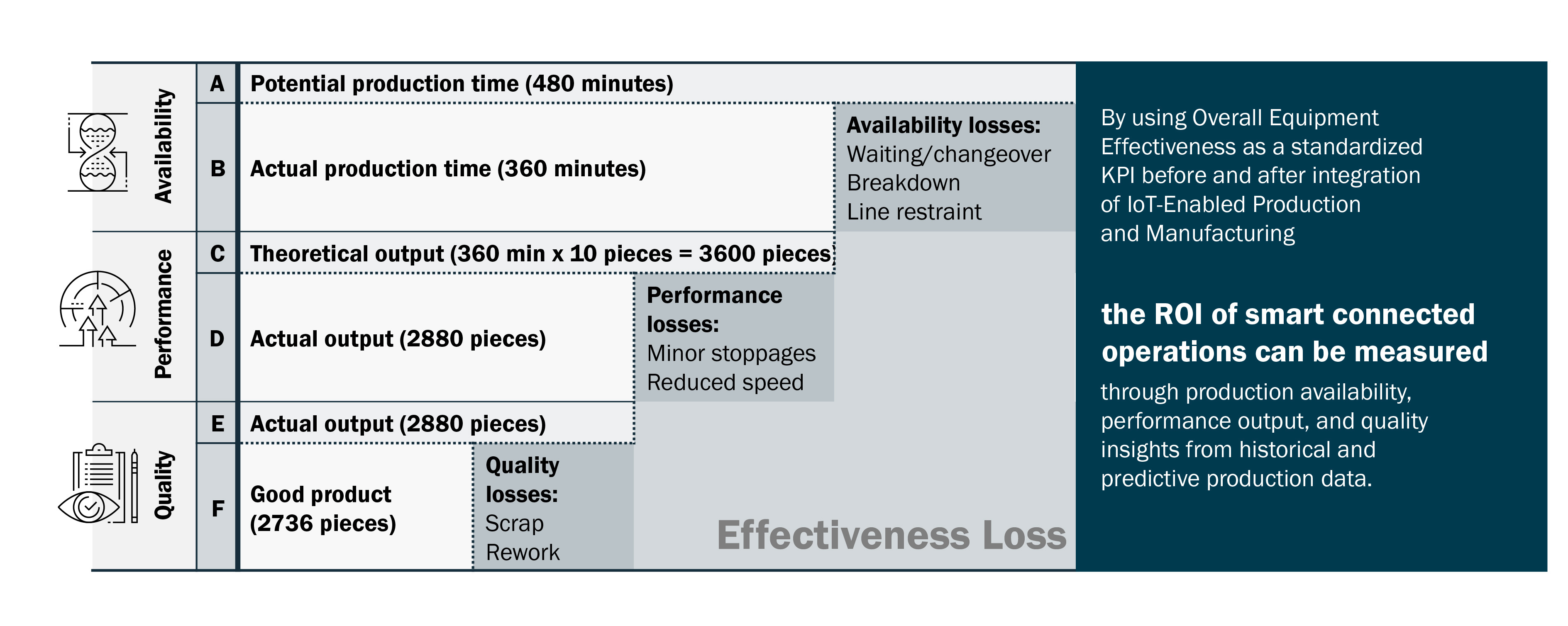Justified: Smart Factory Investments
Digital initiatives and strategies create buzz words in every industry like ‘millennial’, ‘autonomous’, and ‘smart connected’; but the buy in doesn’t always follow. Sure, having a ‘Smart Factory’ sounds… well, smart, but the excitement and investment in smart factory sensors and processing capabilities is only justified as long as there is visible value provided that can be communicated in a meaningful way.
Meet Christy. Christy is an ambitious new process engineer immersed in research around Smart Factories and Industrie 4.0. She shared a few of her forward-thinking ideas amongst colleagues but met resistance because of the numerous times they were unsuccessful funding new technologies. Her colleagues have struggled to construct a business case that resonates with executives to include in pitches for smart factories funding.
Christy decides she is going to tackle justifying smart factory investments. She starts by investigating the line she was assigned to, which uses a mature process with a great deal of sensor data. To her understanding, process engineers in the plant pay little attention to the data unless a specific issue calls them to a particular point in the process. She wants to learn how to use that data in a meaningful way that is proactive rather than reactive.
Knowing there are several different systems on her line alone, she believes it could be extremely powerful to aggregate the data and construct a model of the process that could be built, validated and analyzed through existing data.
How can she justify the investment in this project to test her theories? Christy knows that executives will want to know the exact benefit before spending any of the limited budget. How will she begin to decode and unlock the potential value of Smart Factories to make it clear and actionable for her company?
Christy hears that one of her colleagues is a Lean Six Sigma Black Belt currently using a metric called Overall Equipment Effectiveness (OEE) on her line. She approaches him to learn more and realizes that her idea would be much easier to justify if she uses OEE in her executive conversation.
OEE is a known operational metric that will provide the structure and credibility that she was lacking in her current business case.

Using OEE as a framework, Christy analyzes the quality, performance and availability of her line to create a high impact proof of concept. As the diagram shows, OEE is a combination of quality and performance results that indicate sources of lost value. Since OEE is highly scalable, she leverages the data on her line to build a digital model using available analytical tools that could be applied to other areas on the plant. Despite the initial effort required, and even without the funding for the necessary tools, Christy works through the challenge to prove her point.
This model in turn yields insights into several aspects of performance such that Christy is able to turnaround the line performance based on her learnings. This experience proves to executives that the data from her line provides insights that moved OEE several percentage points when processed correctly. OEE turns the quality and line performance improvements into a measurable justification and opens the conversation to spark executive interest and buy in for an application of the tools needed to scale the effort.
With this proof of value, it is apparent that the same benefit could be applied more broadly to other areas of the plant. With the scalable nature of the OEE metric, she would be able to use this process to provide similar justification at a larger scale.
Now equipped with a valuable business case measured by OEE, Christy confidently prepares her pitch for a smart factory investment having cracked the code of justifying tools to enable Industrie 4.0.


